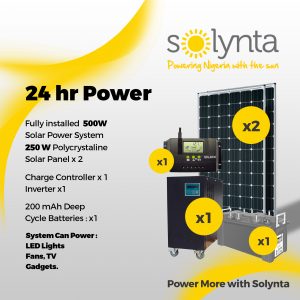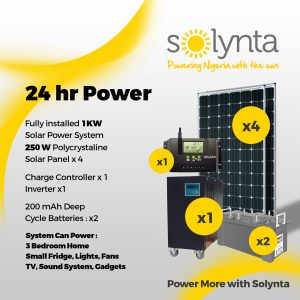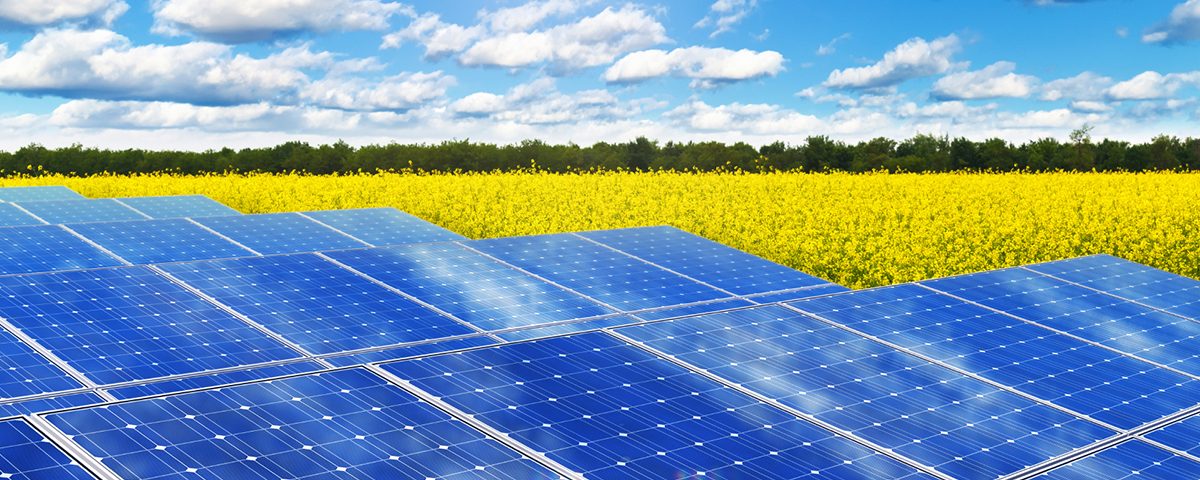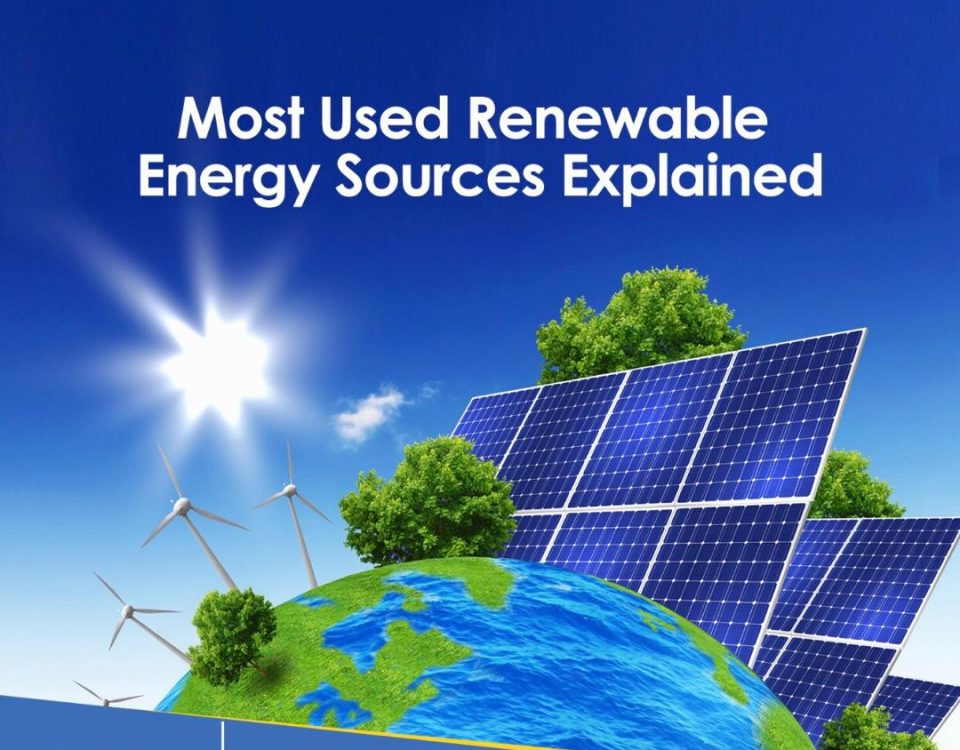How Solar Farms Provide Electricity And Support The Local Grid

How a leaf (Fern) Helps To Improve Solar Power Storage
2018-01-19
How The Feed in Tariff Impacts Positively on Nigeria’s Electricity Grid
2018-01-21A solar farm is a group of solar arrays on bare open land prepared for the main purpose of generating power from the sun’s energy. A typical large scale solar farm use hundreds or thousands of PV panels to convert the sun’s rays into electricity.
On the average,most household use individual home systems to provide electricity.But Solar farms are designed to provide electricity to communities and homes on a large scale.
Solar power stands apart from fossil fuels in terms of both the way energy is produced and how it can be controlled. Unlike fossil fuel operations, people and communities can own and control small-scale solar power installations, saving on their energy bills and even generating credits. In a context where climate change and economic reforms have made farming increasingly vulnerable, solar power is an opportunity to save on energy costs and build on self-sufficiency while contributing to a just transition away from fossil fuels.


How do they work?
A solar panel farm feeds power into the electrical grid just as fossil-fuel energy plants do, except that solar farms produce no pollution of any kind, and use very little water compared to traditional power plants.
How long does it take to build a solar farm? The construction period is 16 weeksfrom start to finish. After construction, access for operations and maintenance activities are limited to three or four times per year.
Photovoltaic (PV) cells made of silicon are constructed into panels, each gathering a small amount of sunlight energy. The panels are installed on short towers over an area as big as 100 acres. Some solar farms fix their PV panels into a static position; other farms use solar tracking systems that move the panels to follow the sun. Multiple panels are required to generate significant electricity, which is why solar panel farm arrays are so large. Solar developers either buy the land for their panels, or lease it from businesses, government agencies or private individuals.
Another form of solar farming energy is concentrated solar power, which uses mirrors or lenses to concentrate sunlight and create heat, which drives a variety of conventional generator systems. PV solar farms are more popular and in much greater use, outnumbering concentrated solar power installations by 40 to one.
With current PV technology, solar farming developers need approximately 2.5 acres of solar panels in high intensity sun areas to produce a megawatt of electricity; in moderate sun locations, about five acres of panels are needed to produce a megawatt. A megawatt is one million watts, and enough energy to power 650 residential homes for one day.




